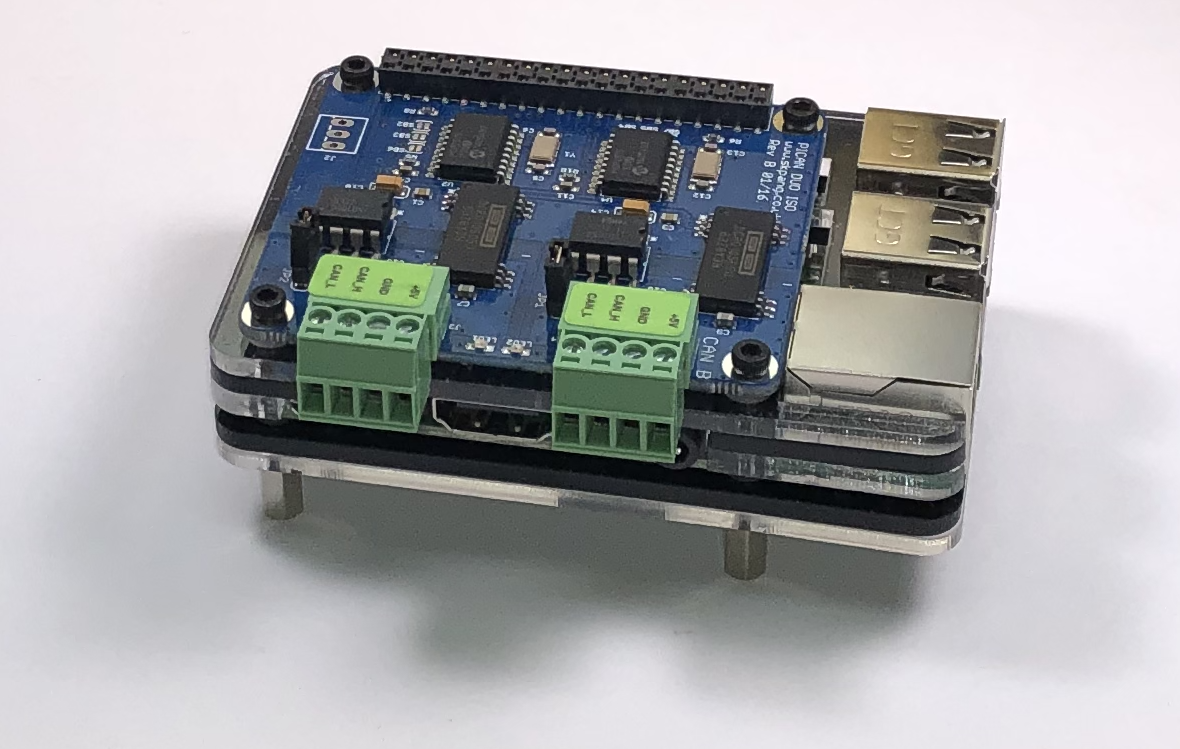Recent Posts
Configuration-Free Wireless CAN Bus Bridge Connects Two CAN Bus Networks With Different CAN Bus Bitrates
Posted by on
Kvaser, a specialist in CAN Bus (Controller Area Network) development, introduced their Air Bridge Light HS, a wireless CAN Bus bridge to connect CAN networks. Comprising a preconfigured pair of plug-and-play units, with integrated antennas and rugged housings, the Kvaser Air Bridge Light HS provides a method of raw CAN Bus data exchange.
Kvaser Air Bridge Light HS, the first in Kvaser’s Air Bridge product line, expedites the development for system integrators in situations that make wired connection unsuitable or challenging, such as between two moving parts that operate on different CAN Bus networks. Applying a 2.4G radio and frequency hopping mechanism, the Kvaser Air Bridge Light HS manages the data rate, radio packet format, output power and pairing method to achieve predictable latencies. Transmission range is as much as 70 m (~120 feet), with a maximum data rate of 1200 messages per second and a packet latency of 4.8 ms.
Another characteristic of the Kvaser Air Bridge Light is the Automatic Baud Rate Detection, whereby the pair of devices automatically detects and connects to any of the following CAN network speeds: 1 Mbit/s, 500 Kbit/s, 250 Kbit/s, and 125 Kbit/s. Auto Baud Rate Detection is carried out locally on the device, allowing the Kvaser Air Bridge Light HS to link two CAN networks that are performing at separate bitrates.
The Kvaser Air Bridge Light comes in two variants: (00808-3) Kvaser Air Bridge Light HS is approved for the European Union, while (01008-6) Kvaser Air Bridge Light HS (FCC) is optimized for the US. Both models share the same functionality but have different radio transmission schemes due to governing variances.
Features
- A preconfigured pair of units that acts as a wireless CAN bridge.
- Plug and Play, Driver Free and Configuration Free.
- Automatic Baudrate Detection (125K, 250K, 500K, 1M).
- Point to Point Radio Link.
- 2.4 GHz Proprietary Protocol.
- Internal Antenna Design, Antenna Output Power max 18 dBm approx.
- High-Speed CAN Connection (compliant with ISO 11898-2), up to 1 Mbit/s.
- Supports both 11-bit (CAN2.0A) and 29- bit (CAN 2.0B active) identifiers.
- Power Supplied through the CAN Bus Interface.
- Rugged Aluminum Housing.
- Note: Error Frames and Arbitration information are not transmitted by the Air Bridge units across the wireless link.
Raspberry Pi 3 System With Dual Isolated CAN Bus Interface
Our Raspberry Pi 3 System With CAN Bus Interface (PiCAN2) comes with a pre-installed Raspbian operating system.
The PiCAN2 DUO ISO board provides Controller Area Network (CAN) Bus capabilities for the Raspberry Pi.
It uses the Microchip MCP2515 CAN controller with MCP2551 CAN transceiver. Connection are made via 4-way screw terminals.
There is an easy-to-install SocketCAN driver, and programming can be accomplished in C or Python.
System Features
- Raspberry Pi 3, Model B+, 1 GB RAM.
- Raspberry Pi 8GB Preloaded (NOOBS) SD Card - SanDisk Extreme 8GB microSDHC UHS-1 with speed up to 48 MB/sec.
- PiCAN2 - CAN Bus Interface for Raspberry Pi.
- The enclosure is made from High Impact Polystyrene HIPS UL94-HB material. Mounting flanges allow for wall mounting.
 Loading... Please wait...
Loading... Please wait...


